Descrição
Introdução
O Pipeline Pigging é um processo crucial na manutenção e limpeza dos oleodutos, garantindo a operação segura e eficiente de várias indústrias. Neste artigo, exploraremos os porcos de limpeza de tubos esqueléticos, incluindo seus tipos, recursos, acessórios e o processo de porquinhos de pipeline. Vamos mergulhar!
Definição e propósito de Porcos para limpeza de tubos esqueléticos
O porquinho do tubo envolve o uso de um dispositivo especialmente projetado chamado "porco" inserido no tubo para limpeza, inspeção e manutenção. Esses porcos passam pelo tubo para remover detritos, sedimentos e outros materiais indesejados enquanto verifica a integridade do tubo.
Origem e significado do termo "porco"
O termo "porco" usado no pipeline de porco tem uma origem interessante. Acredita -se que tenha vindo do som gritando que os primeiros modelos de porcos produzidos ao passar pelos oleodutos. O barulho parecia o jarro de um porco e, portanto, o nome preso.
Tipos de Porcos para limpeza de tubos esqueléticos
Os produtos de limpeza de tubos vêm em uma variedade de formas para atender às diferentes necessidades de limpeza e manutenção de tubos. Existem dois tipos principais de porcos esqueléticos e materiais de construção. O design esquelético de porco possui uma estrutura aberta que permite limpeza e inspeção eficientes. Eles podem ser divididos em duas categorias:
Porcos esqueléticos com discos: Esses porcos estão equipados com acessórios de disco que aprimoram suas capacidades de limpeza raspando e removendo detritos das paredes do tubo.
Porcos esqueléticos com xícaras: Esses porcos usam acessórios em forma de copo para formar uma vedação apertada com a parede do tubo, removendo efetivamente sedimentos e contaminantes.
Materiais esqueletos
Os porcos esqueléticos são comumente construídos usando uma variedade de materiais, dependendo dos requisitos específicos do pipeline. Alguns materiais comuns incluem:
- Aço inoxidável: Conhecida por sua resistência e força de corrosão, o aço inoxidável é uma escolha popular para porcos esqueléticos.
- Aço carbono: O aço carbono oferece excelente durabilidade e é frequentemente usado em aplicações de dutos exigentes.
- Abs (Acrylonitrile Butadiene Styrene): ABS is a thermoplastic known for its toughness and impact resistance, making it suitable for pig construction.
- Other Materials upon Request: Manufacturers can provide pigs made from alternative materials based on specific customer requests and pipeline conditions.
Features of Skeletal Pipe Cleaning Pigs
Pipeline pigs come with several features that make them highly effective in pipeline maintenance. Let’s take a look at some key features:
High Flexibility
Skeletal pipe cleaning pigs are designed to navigate through pipelines with bends and curves, ensuring comprehensive cleaning and inspection.
More Resistance and Durability
Devido à construção robusta, esses porcos podem suportar condições adversas nos oleodutos, incluindo altas pressões e materiais abrasivos.
Vida operacional mais longa
A durabilidade dos porcos esqueléticos permite que eles sejam usados repetidamente, fornecendo soluções prolongadas de vida útil e manutenção econômica.
Boas propriedades de vedação
Porcos equipados com copos ou materiais de vedação garantem um ajuste seguro contra as paredes do oleoduto, impedindo o vazamento e otimizando a eficiência da limpeza.
Capacidade de operação bidirecional
Os porcos esqueléticos podem viajar em ambas as direções dentro do pipeline, permitindo limpeza e inspeção completas nas direções a montante e a jusante.
Principais acessórios de Porcos para limpeza de tubos esqueléticos
Para melhorar o desempenho do porco de tubo, uma variedade de acessórios está disponível. Vamos explorar os principais acessórios comumente usados em conjunto com Porcos de limpeza de tubos esqueléticos.
Xícaras
O copo é parte integrante do porco e fornece recursos de vedação e limpeza. Eles estão disponíveis em diferentes materiais, como borracha, poliuretano e fluororberber, fornecendo graus variados de desempenho e limitações de vedação.
Discos
Os discos servem como elementos orientadores e de apoio em porcos esqueléticos. Eles são normalmente feitos de poliuretano ou outros materiais resistentes ao desgaste e melhoram a eficiência da limpeza raspando detritos das paredes de tubos.
Pincéis
As escovas são usadas para remover sedimentos e contaminantes teimosos das paredes do tubo. Eles geralmente são feitos de cerdas de nylon ou aço, dependendo do nível de limpeza necessário e da sensibilidade do tubo para arranhar.
Placas de medição
Gauging plates help determine the inside diameter of the pipe. They attach to the pig and can provide valuable information about the condition of the pipe, such as any deformation or narrowing that may require further inspection or maintenance.
Magnets
Magnets are implanted in pigs to attract and collect iron particles, such as rust and metal shavings. By trapping these particles, the magnet prevents them from causing damage or clogging downstream equipment.
Tracking Devices
Tracking devices, such as radio frequency identification (RFID) tags or transmitters, can be attached to the pig. These devices accurately track and monitor the position and progress of the pig in the pipeline, ensuring efficient and accurate cleaning and inspection.
Processo de porquinho de pipeline
O processo de porquinho do pipeline inclui várias etapas para garantir limpeza e inspeção completas. A seguir, é apresentada uma visão geral do processo típico de porquinhos de pipeline:
Prepare o cano: Isole o tubo e feche a válvula apropriada para criar a seção de porco. Configure conexões de entrada e saída para permitir que o porco entre e deixe o tubo.
Inserção de porco: O porco é equipado com os acessórios necessários para limpeza e inspeção e inserido no tubo através da conexão de entrada. Use ar ou água compactada para alimentar o porco no tubo.
Propulsão de porco: O ar comprimido, a água ou o próprio produto esvoaçante empurra o porco através do tubo. O design do porco permite se mover sem problemas através de curvas, obstáculos e alterações de diâmetro.
Limpeza e inspeção: À medida que o porco se move através do tubo, raspa, escova ou xícaras as paredes do tubo para remover detritos e contaminantes. Ao mesmo tempo, ele verifica a integridade do pipeline e detecta qualquer anomalias ou defeitos.
Recuperação de porco: Quando o porco atinge o local desejado ou o final do tubo, o porco é usado para recuperação. O receptor captura o porco e a linha está pronta para a próxima operação de porco.
Inspeção e manutenção: Após a recuperação, o porco é inspecionado para avaliar a condição do tubo e identificar quaisquer problemas em potencial. Com base nos resultados da pesquisa, as atividades de manutenção e reparo podem ser realizadas para garantir o desempenho ideal do pipeline.
Gravação e análise: Os dados coletados durante o processo de porquinhos, incluindo resultados de inspeção e quaisquer anomalias encontrados, são registrados e analisados. Essas informações podem orientar operações adicionais, como agendar futuras operações de porquinhos ou planejar atividades de manutenção.
Conclusão
Os porcos de limpeza de tubos esqueléticos desempenham um papel vital na manutenção da integridade e eficiência do tubo. Com sua estrutura aberta, flexibilidade e ampla gama de acessórios, eles oferecem soluções eficazes de limpeza, inspeção e manutenção. Ao integrar recursos e acessórios avançados, os operadores de pipeline podem otimizar o processo de porquinhos e garantir uma operação de pipeline segura e confiável nos próximos anos.

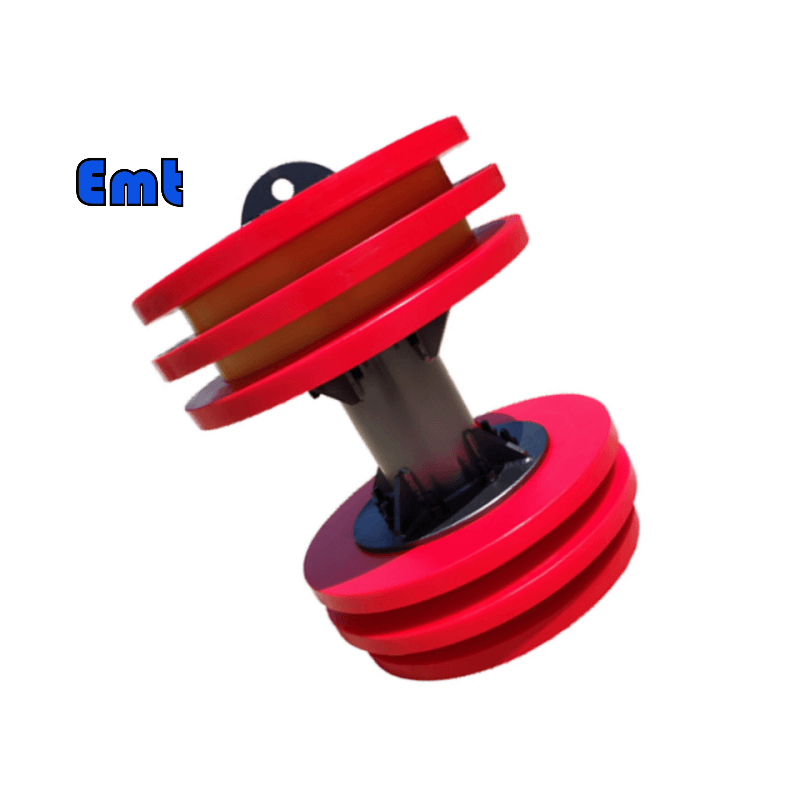
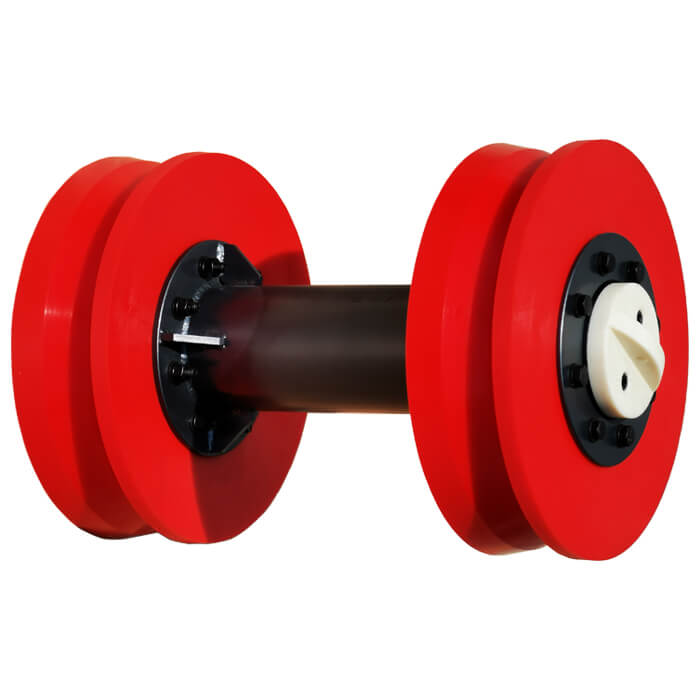

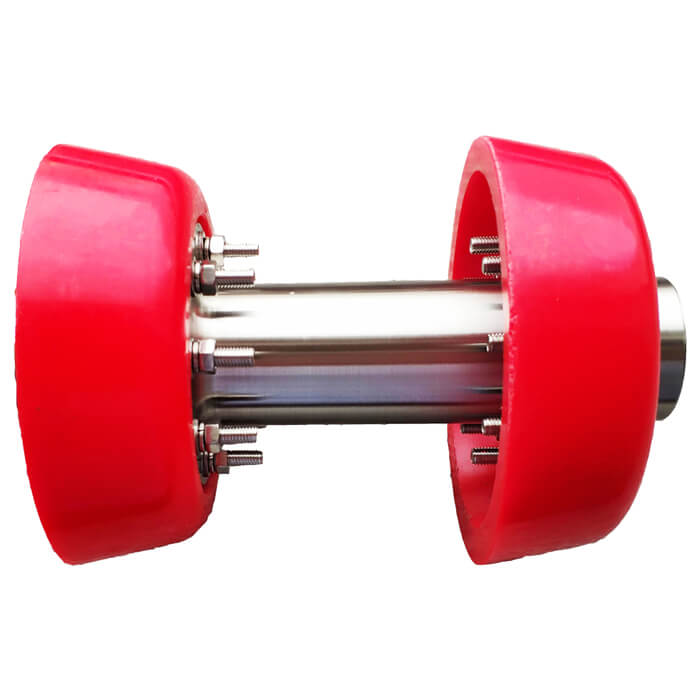
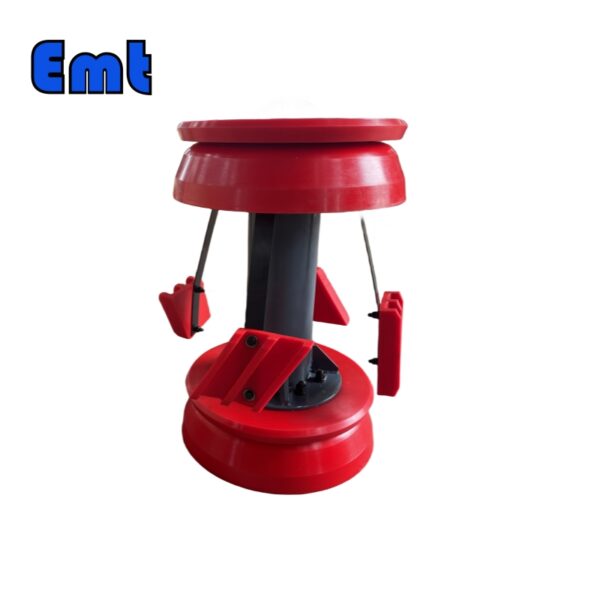
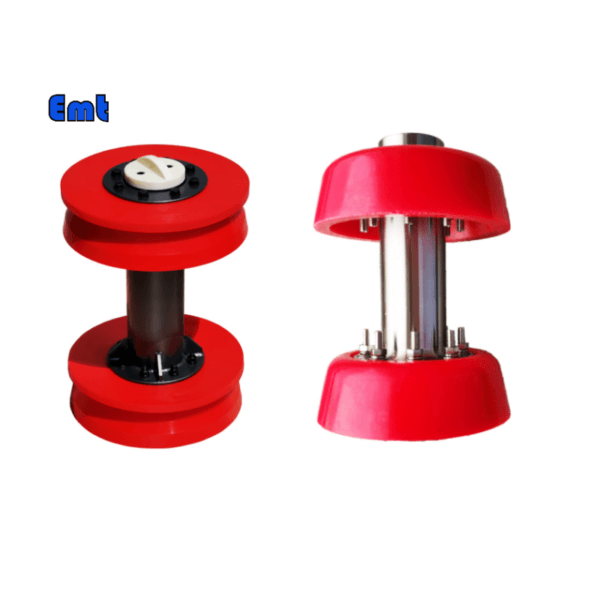
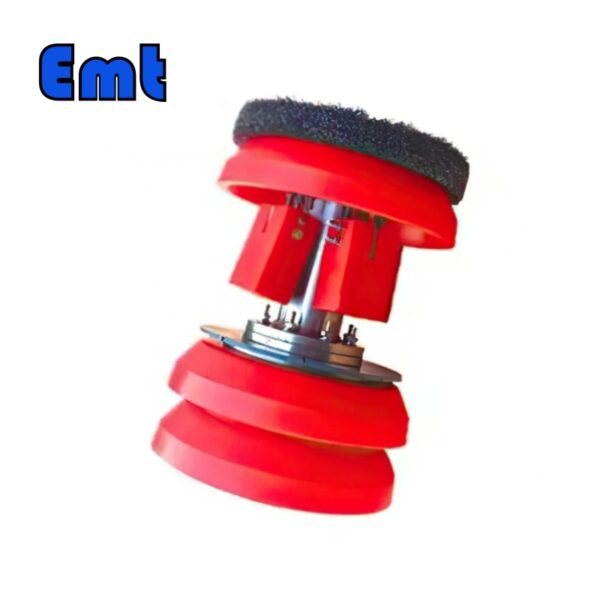
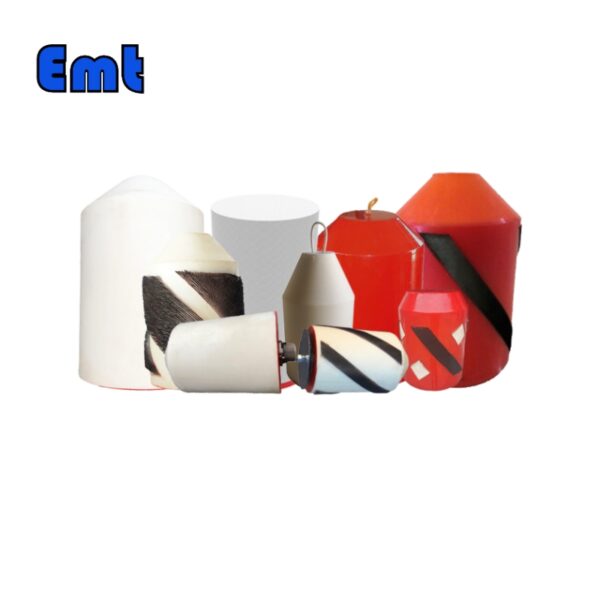
Avaliações
Não há comentários ainda.